Applying for medical school in the U.S. is not for the faint of heart. The process can be long, tedious, expensive, and above all, competitive. This year, the competitive nature of applying took on a new meaning, with more undergraduates hoping to begin their medical education than ever before.
Medical applications grew by 17% this year, with 53,030 individuals submitting applications. While applications increase annually, the growth rate is usually around 3%. The jump in application numbers boils down to three main causes, each of which is outlined below.
There’s an Abundance of Inspiration
With the majority of 2020 news reports focusing on COVID-19, nurses, physicians, infectious disease experts, epidemiologists, researchers, and policymakers have become role models for younger generations. NPR and many medical education institutions are attributing the uptick in medical school applications to the ‘Fauci Effect’– named after Anthony Fauci, head of the National Institute of Allergy and Infectious Diseases. Fauci’s level headed nature, data-supported guidance, and aura of care inspired those in the U.S. and abroad to take mask mandates, social distancing guidelines, and potential COVID-19 symptoms seriously.
COVID-19 may have also given those considering a career in medicine a nudge in the right direction. The pandemic presented the medical industry as high paying, essential, and in need. All these indicators could have inspired students with a knack for science or public health to make a definitive decision about their future. And, with a physician shortage being predicted to hit even before COVID-19, it’s no wonder so many students are pursuing their interest in this area.
Those just entering the workforce see the pandemic as a tipping point, with some predicting similar situations in the future.
Schools are Relaxing Eligibility Requirements
The events that took place this year were unexpected. When social distance recommendations by government and health officials were announced, medical schools, organizations, and MCAT testing site operations ground to a halt. Although remote learning and amended test schedules were introduced quickly, medical students could not make up for the lost time and canceled exams.
With three-months worth of scheduled MCATS canceled, schools were forced to change application requirements for the upcoming cycle. More institutions accepted online courses and pass/fail credits than ever before. Some programs even extended submission deadlines to account for canceled MCAT exams.
Programs that stuck to their original deadlines provided flexibility elsewhere. Many requested applicants submit incomplete applications and upload their scores at a later date. Such changes, specifically the inclusion of pass/fail grades, may have inspired students to apply for programs they had not considered previously.
Undergraduate Students Have More Free Time
Due to COVID-19 and social distancing guidelines, many extracurricular activities, including clubs, sporting events, and social gatherings, were canceled. While this was disappointing for pre-medical students who planned to participate in shadowing experiences or build out the experience portion of their applications, there was one silver lining. These applicants had ample time to create and submit their medical school applications.
While some students may not have had as much free time given their enrollment in remote courses, even little things like the elimination of a daily commute could create more space in one’s schedule.
Want to increase your odds of getting into medical school? Get early exposure to the U.S. healthcare system.


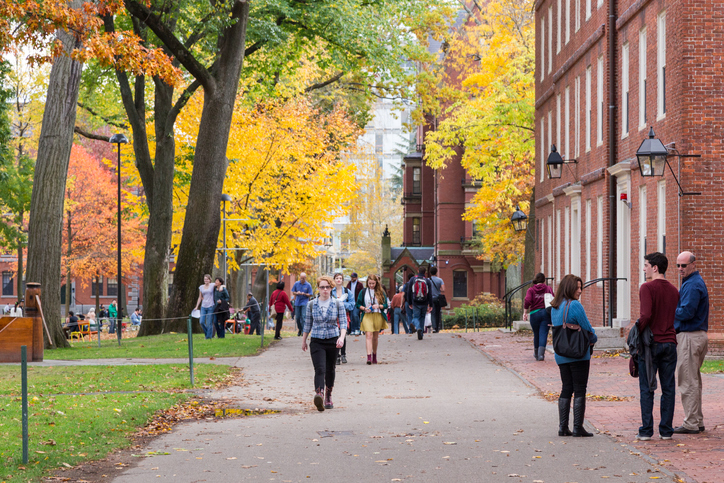
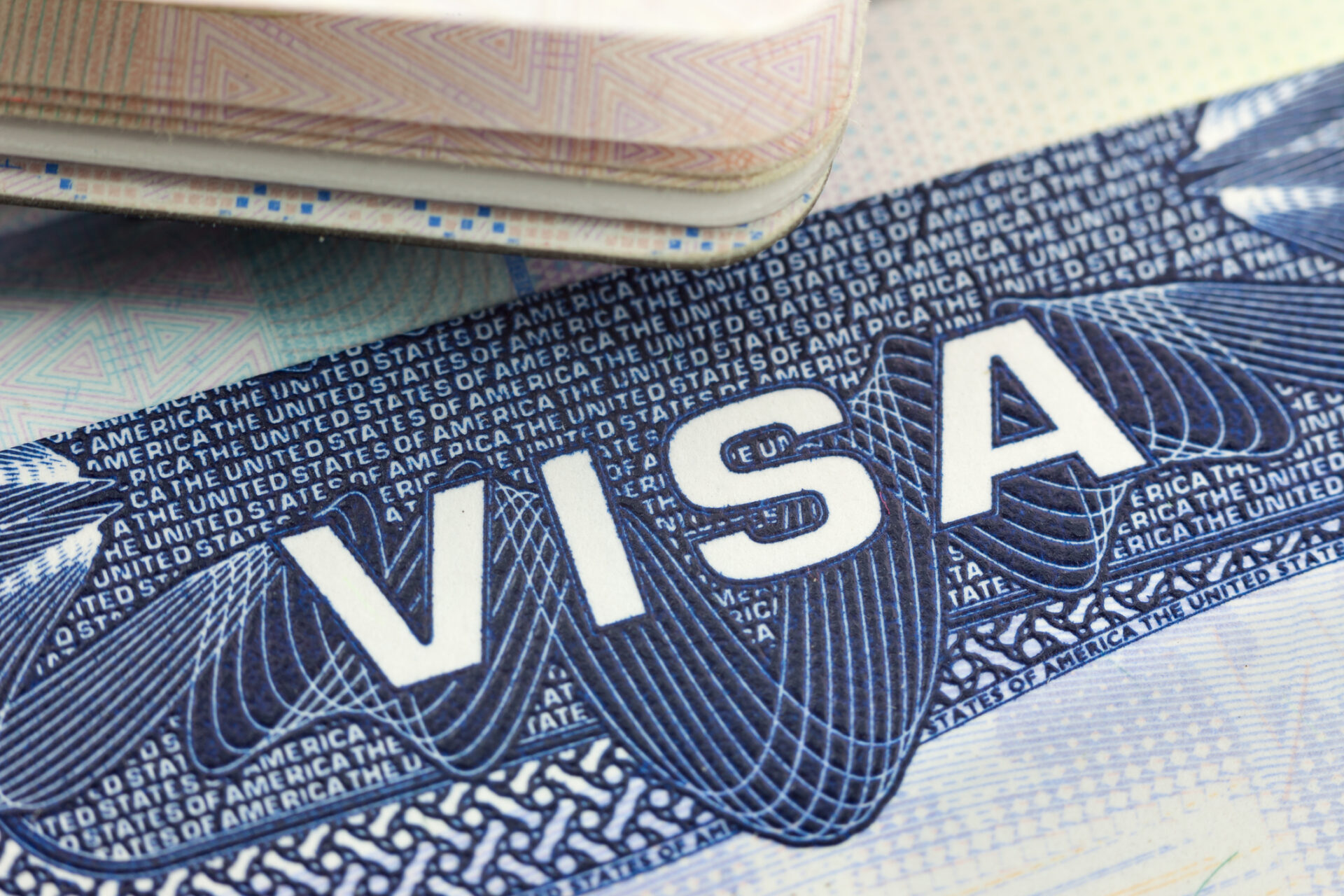
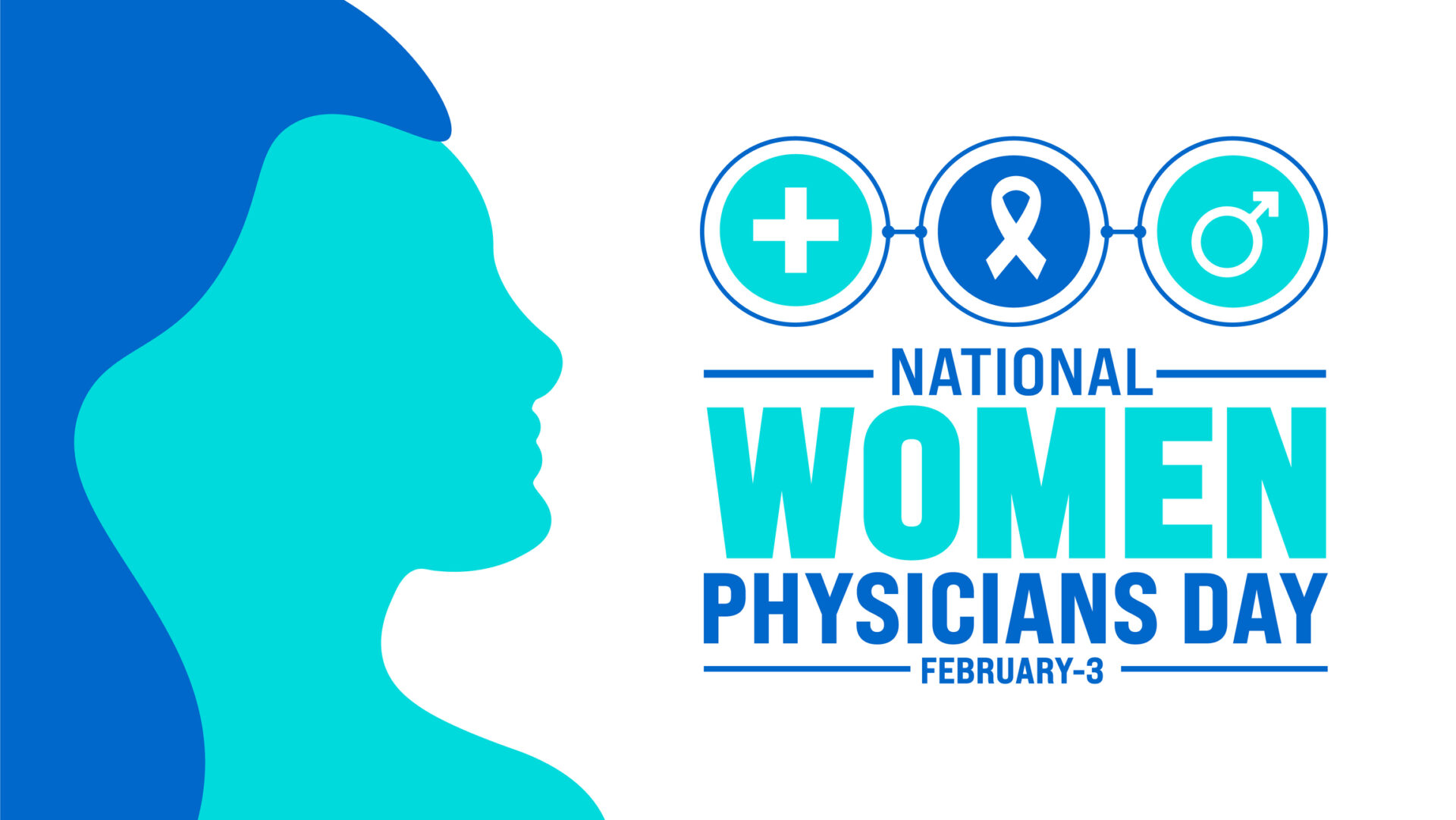
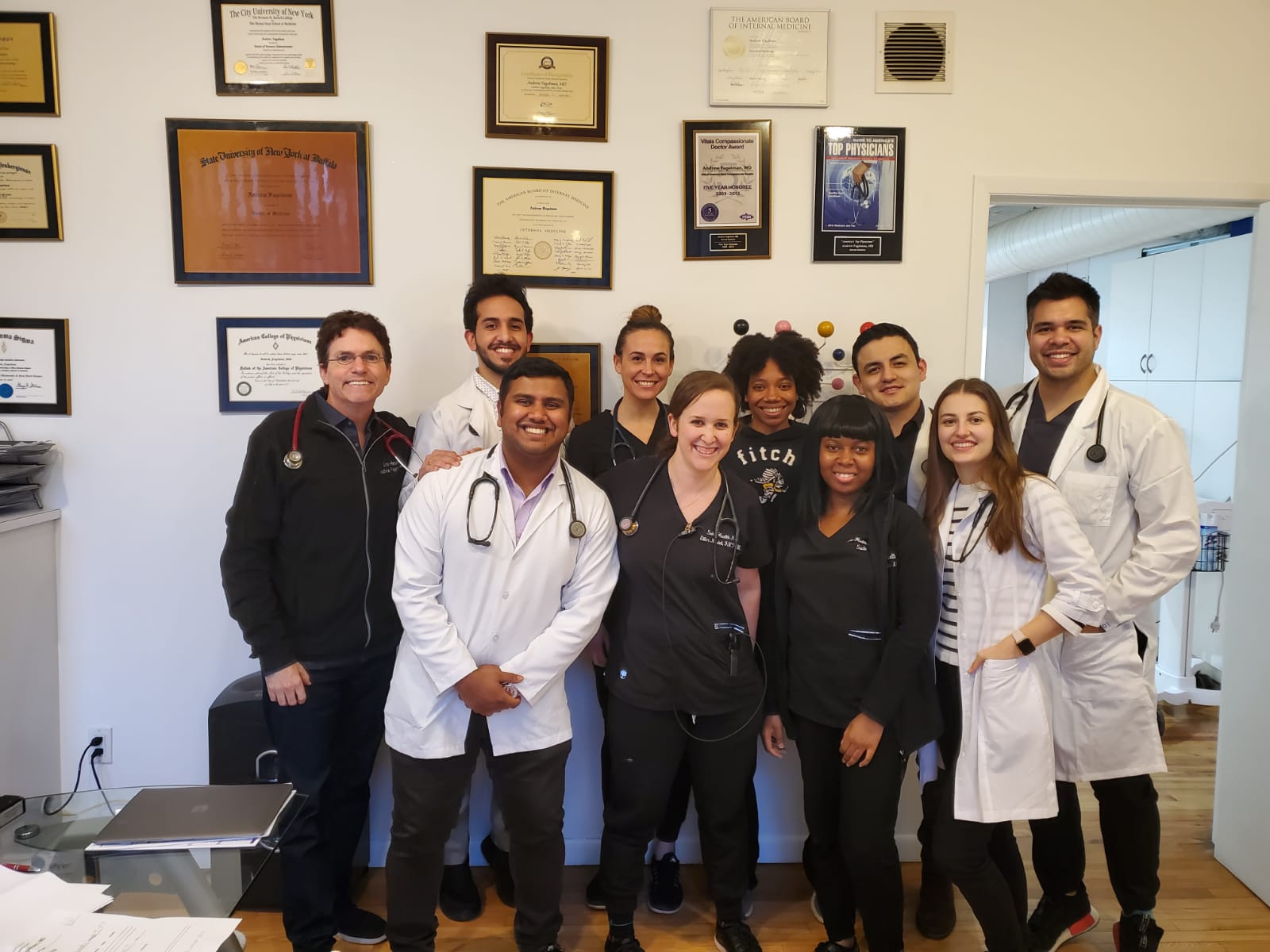
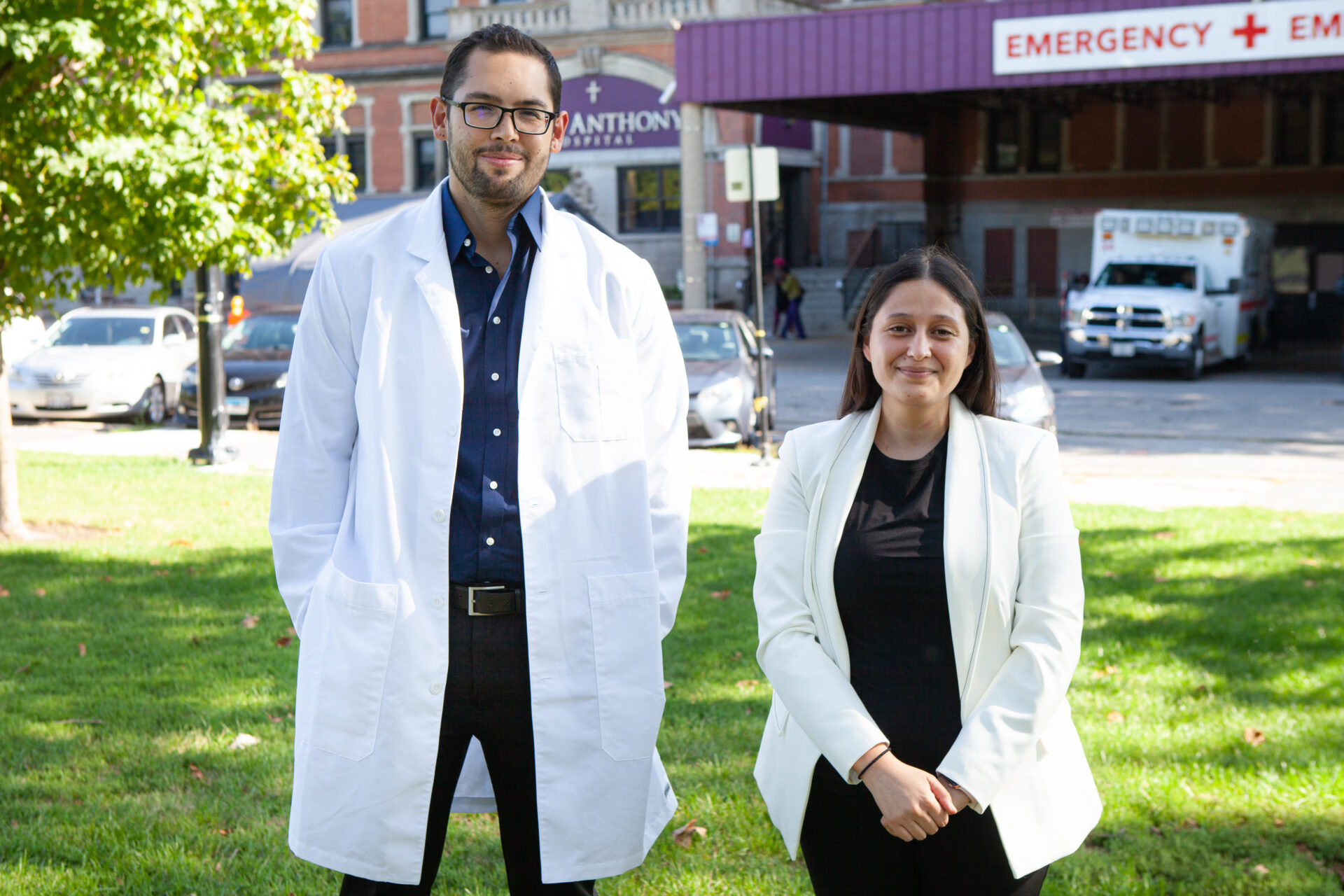
Leave A Comment